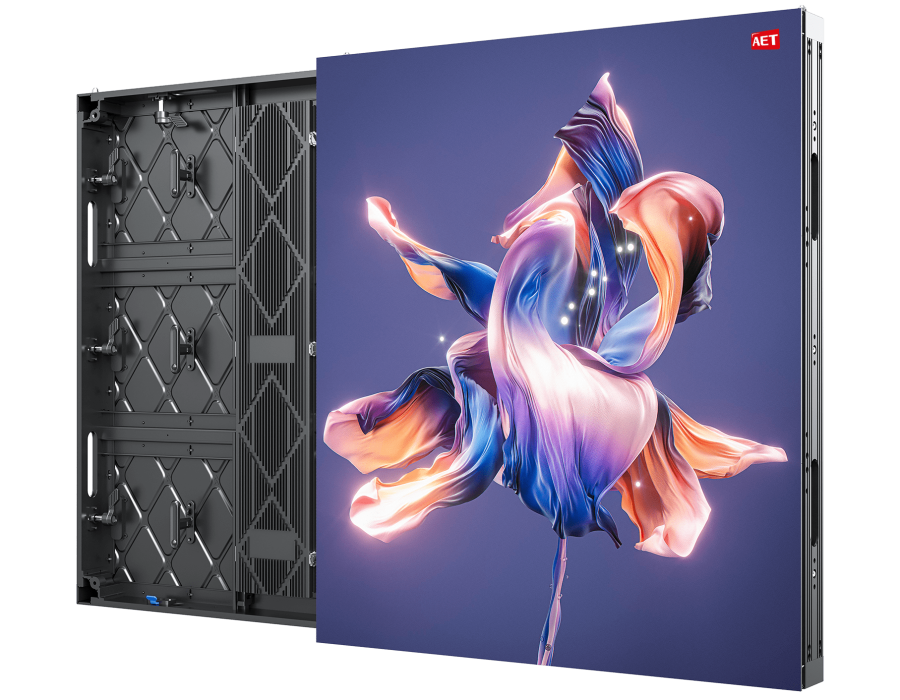In a world where technology and design intersect more than ever before, fine-pitch MicroLED displays are emerging as a game-changer in modern architecture. These ultra-high-resolution displays are no longer limited to consumer electronics or high-end commercial signage — they are being integrated directly into architectural elements, reshaping how we experience buildings and public spaces.
What Are Fine-Pitch MicroLED Displays?
Fine-pitch MicroLED Cob Displays are LED panels with a very small pixel pitch — typically under 2mm. The smaller the pitch, the higher the resolution, making these displays perfect for close viewing without any visible pixelation.
Unlike traditional LED screens, MicroLED technology offers:
- Higher brightness
- Greater energy efficiency
- Longer lifespan
- Better color accuracy
Their durability and scalability make them ideal for both indoor and outdoor architectural applications.
Blending Display Technology into Design
Gone are the days when digital screens were simply added as afterthoughts. Architects are now integrating fine-pitch MicroLED panels directly into walls, ceilings, columns, and even floors, turning static surfaces into dynamic experiences.
With their thin, modular design and edge-to-edge visuals, these displays can be embedded into building materials — transforming architecture into an interactive canvas.
Examples Include:
- Lobby walls that showcase real-time data, art, or ambient visuals
- Retail spaces with immersive product storytelling through wraparound screens
- Conference centers or airports where MicroLEDs blend with modern interior finishes
Enhancing Aesthetics Without Compromise
A major reason architects and designers prefer fine-pitch MicroLED displays is their minimal visual footprint. Unlike traditional video walls with bezels or visible seams, MicroLED panels offer a seamless, bezel-free experience that complements rather than disrupts the architectural flow.
Their ability to deliver vibrant visuals in both well-lit and low-light conditions also allows for creative lighting alternatives, especially in large, open spaces where ambient content can set the mood.
Function Meets Experience
Beyond aesthetics, MicroLED displays serve functional purposes too:
- Wayfinding & Interactive Guidance: In large buildings, screens can guide visitors, display directories, or change dynamically based on time or events.
- Smart Building Integration: Connected to building management systems, they can show energy usage, weather updates, or emergency alerts.
- Live Content: In venues or public areas, displays can stream live events, showcase digital art, or promote community engagement.
A Sustainable & Future-Ready Solution
While stunning visuals often steal the spotlight, it’s the long-term benefits of MicroLED that make them appealing to architects and developers:
- Lower energy consumption than LCDs and projectors
- Reduced maintenance due to their durability and long operating hours
- Adaptable designs that can be reprogrammed or updated without physical changes to the building
Conclusion: Architecture That Communicates
Mini and MicroLED Displays are doing more than just delivering high-quality visuals — they are transforming architecture into a living, responsive environment. From corporate lobbies to luxury retail, and from public spaces to cultural landmarks, these displays are shaping the way people interact with the built world.
As technology continues to evolve, so too will the spaces we inhabit — and MicroLED will be at the forefront of that change.





Comments